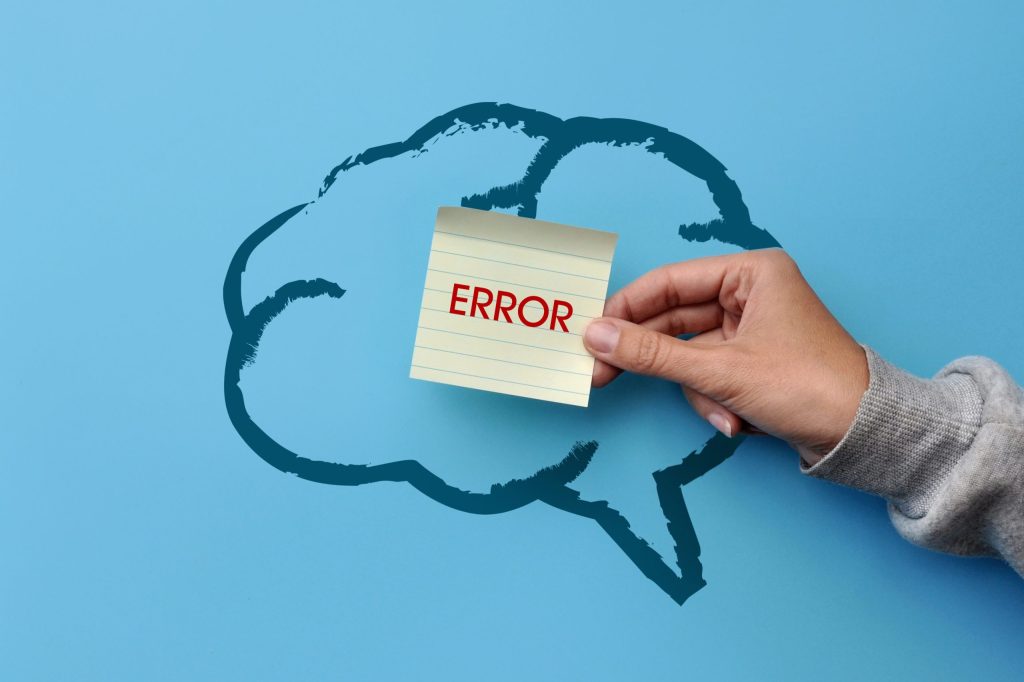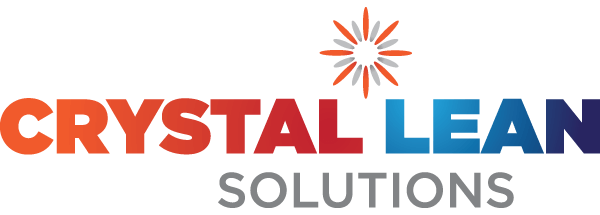What is Human Error?

Human Error, as a subject of academic study, is still, relatively speaking, in its infancy. What can probably be described as the seminal work on the subject – Human Error by James Reason – was published in 1991. In this book, Reason pulls together literature and research from previously isolated sources. During the last 3 decades, we have seen a significant increase in research and study, in what is now recognised as a highly complex behavioural subject.
There are various definitions for Human Error available, but they all essentially refer to a result that was unintended following a human intervention, action, and / or decision.
Understanding Human Error
Perhaps the most common misconception arising from human error is the seemingly ubiquitous belief that they occur due to either negligence or incompetence. Instead, we need to take note very early, that human error reflects the inherent limitations in human cognition and the challenges associated with managing tasks and people in an increasingly complex world.
We categorise human errors as either slips, lapses, mistakes, or violations.

- Slips – occur when an incorrect action is completed when trying to execute a ‘good’, or correct plan. An innocuous example may be adding salt to a cup of coffee instead of sugar.
- Lapses – occur when an action or input is omitted from an otherwise ‘good’ or correct plan. Again, as a very simple example, forgetting to stop at the grocery store for milk during the evening commute home.
- Mistakes – these occur when individuals choose to complete a ‘bad’ or incorrect activity. Deciding to take a hide an error at work out of fear of what the boss might say if she finds out could be an example.
- Violations – in this case, deliberate actions are taken, or decisions made in the full knowledge that it is the wrong thing to do. Acts of sabotage might be considered as an extreme version, where a person knowingly damages equipment.
Potential Causes
In the aviation industry, they refer to the ‘dirty dozen’ – 12 different potential causes that could contribute to human error. In Crystal Lean Solutions, we use CODE. 4 Categories, each with three sub-categories:
C – Capability, or competence
- Training or the absence of training. Do you have personnel given tasks for which they haven’t received any training?
- Variation. Personnel may have officially received training but how effective was it? Is the person who delivered the training fully competent? Is the training checked for effectiveness? Does the task require refresher training?
- Scenarios – Do personnel have access to procedures to follow when something truly out of the ordinary occurs? Are they made aware of such procedures?
O – Omission
- Memory. Are personnel expected to remember all the required inputs or steps for a particular activity? Do you use tools, signs, checklists, or other aids to assist with recall?
- Sequence Change. Are personnel completing tasks in ‘autopilot’ mode? If so, what happens if they’re asked to change their routine?
- Activity Change. Does the workplace create distractions? Does the task require prolonged periods of intense focus and concentration?
D – Decision
- By-Stander Effect, or other peer-pressure influences. Are personnel encouraged to speak out when they see something incorrect? What are the perceived consequences of not ‘following the herd’?
- Individual. Can we detect and intervene if and when we see a colleague suffering from fatigue or stress?
- Consequences. What are the expected values in the organisation? Are these values actively demonstrated through the behaviour of the team? Do we have a blame culture or one where people are confident to ask for help without fear of negative consequences?
E – Execution
- Intuitive Design. Is the workplace designed with human error prevention in mind? Do we have situations where it’s easy for a person to make a mistake? Can tasks be designed in such a way that personnel can’t make a mistake?
- Perception. Is the requirement of personnel fully unambiguous? Are instructions open to multiple different interpretations? Are the right tools and environment in place?
- Mental Overload. Is there an expectation that people will need to multi-task?
In the event that a human error does occur it is much more likely that several of the potential causes described above will be present. It is rarely the case that an error can be easily attributed to a single root cause. James Reason introduced the concept of the Swiss Cheese Model where in order for an error to occur, a series of different conditions have to line up in such a way that an error is ‘allowed’ to occur. In the case of a road traffic accident, it could the combination of a tired driver, during rush hour, in the rain, with tyres that are slightly worn, that leads to the incident. It’s unlikely that any one of the individual factors (driver condition, traffic volume, weather, car condition) on its own would cause the incident to occur.
Prevention
Whilst we can and should take remedial steps and corrective and preventive actions following investigation into a human error, an ounce of prevention is worth a pound of cure as the saying goes. That being the case,
James Reason stated:
“We cannot change the human condition, but we can change the conditions under which people work.”
What this means is, in the first instance, we need to fully understand the conditions in which personnel are required to operate. Many organisations are familiar with the concept of 5S or Safety audits. The same concept can be extended to human error prevention.
Using the potential causes discussed above, Crystal Lean Solutions have created the Human Error Risk Overview (HERO) system that comprises a series of questions and checklists used as part of a regular audit to help to identify potential human error causes or risks. Using such an approach and engaging with the personnel conducting the actual tasks will ultimately lead to a more engaged team, working in conditions where errors are less likely to occur.
The cultural, quality, safety, and economic benefits to an organisation of adopting such an approach cannot be overstated.
How CLS can help you

Our team has the experience and expertise to support clients in the identification and reduction of the incidence of Human Errors across multi sector businesses as well as the the provision of problem-solving skills to overcome these errors.
CLS provides Human Error Problem Solving training to deliver the knowledge and skills you and your team require to reduce errors as a result of human actions or decisions. We adapt our programmes, availability and location to meet unique requirements. After completing this training you’ll be able to implement what you have learned into the business, resulting in a reduction in human errors.
For help and support with reducing the incidence of Human Error within your organisation, contact our team HERE
